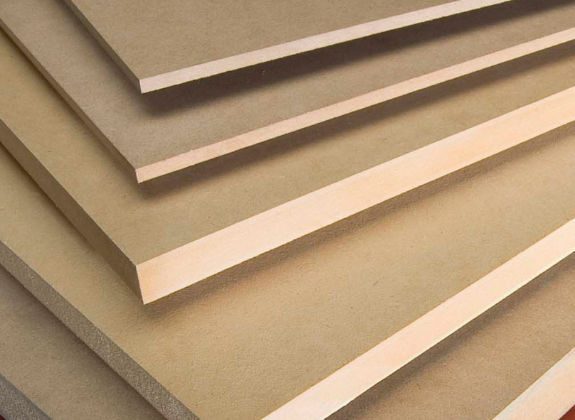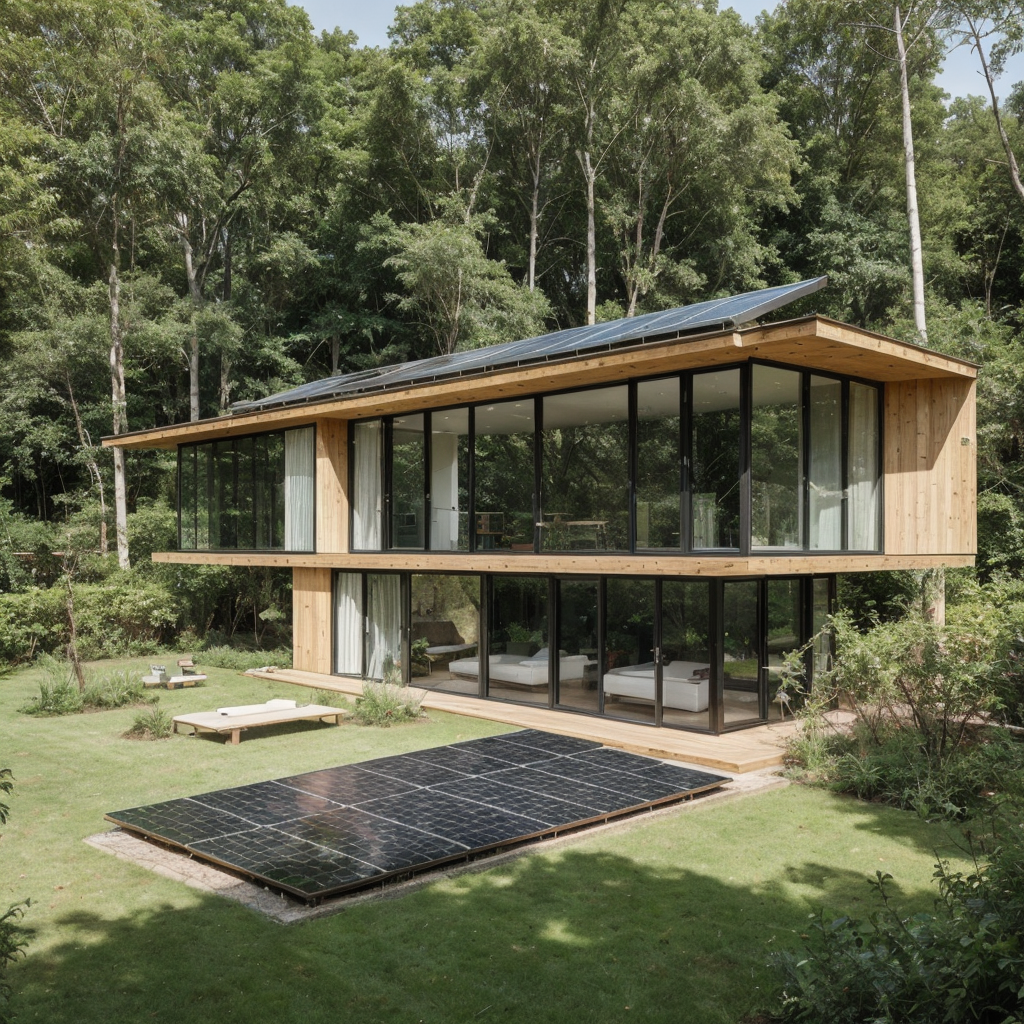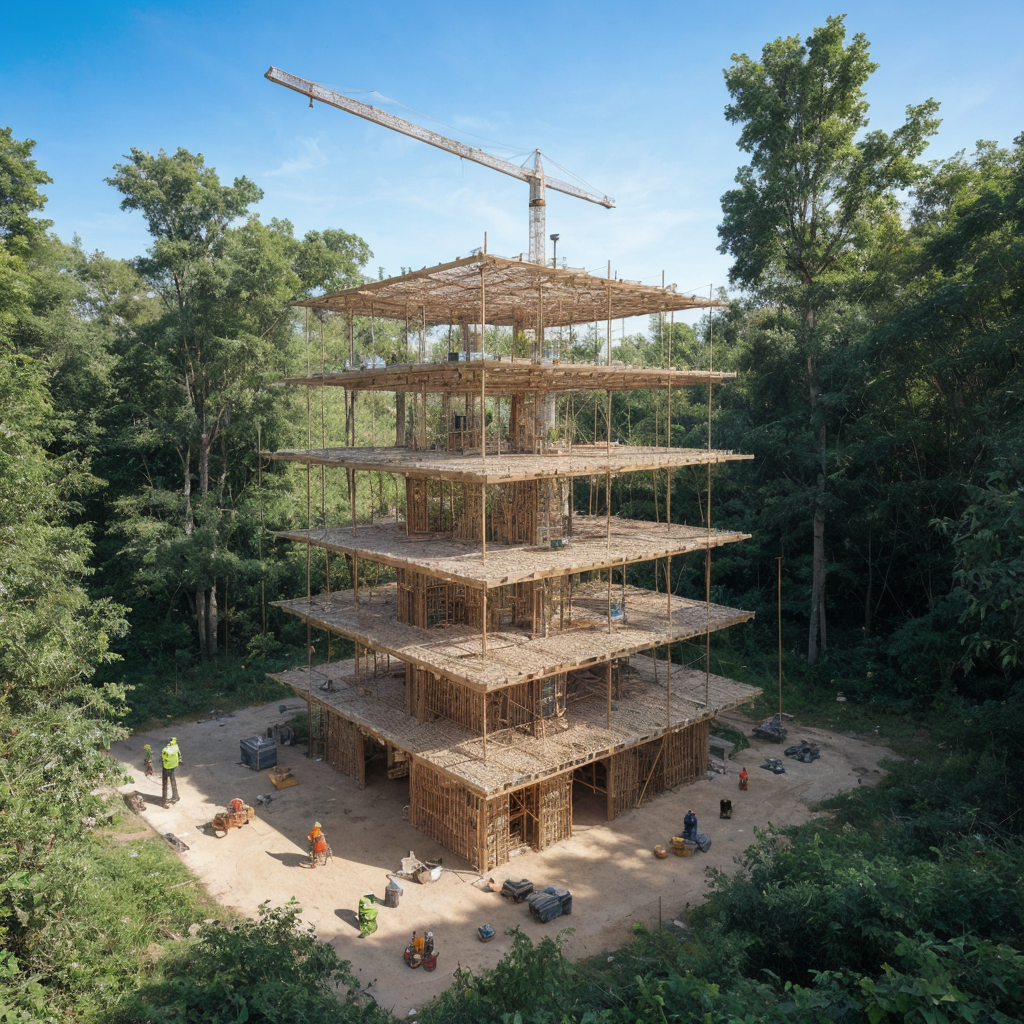In today’s rapidly evolving construction landscape, sustainability is no longer just a buzzword—it’s a driving force behind innovation. As architects, interior designers, custom home builders, and environmentally-conscious homeowners seek alternatives to traditional building materials, a plethora of innovative options have emerged. From bamboo to recycled plastic, these materials offer a greener approach to construction while maintaining durability, versatility, and aesthetic appeal.
In this blog post, we delve into the world of innovative materials, highlighting their benefits and applications in sustainable construction practices.

Bamboo
Nature's Wonder Material Bamboo has long been revered for its rapid growth rate and incredible strength-to-weight ratio. As a renewable resource, bamboo offers a sustainable alternative to traditional hardwoods for flooring, decking, siding, and structural elements. Its natural beauty, versatility, and carbon-sequestering properties make it an ideal choice for eco-conscious builders and designers looking to reduce their environmental footprint without compromising on quality or aesthetics.

Recycled Plastic
Transforming Waste into Building Blocks Recycled plastic, once destined for landfills or oceans, is now finding new life as a valuable building material. From durable lumber and decking to insulation and roofing tiles, recycled plastic offers a versatile solution to the global plastic waste crisis. By diverting plastic waste from landfills and oceans, builders can contribute to a circular economy while creating sustainable, long-lasting structures that withstand the test of time and environmental challenges.

Medium Density Fiberboard (MDF)
Sustainable Wood Alternative Medium Density Fiberboard (MDF) is gaining popularity as a sustainable alternative to solid wood in construction and interior design. Made from recycled wood fibers and resin, MDF offers excellent dimensional stability, uniformity, and versatility. It can be used for a wide range of applications, including cabinetry, furniture, moldings, and decorative panels. By utilizing recycled wood fibers, MDF reduces the demand for virgin timber, helping to conserve forests and reduce carbon emissions associated with logging and processing.

Cross-Laminated Timber (CLT)
Redefining Wooden Structures Cross-laminated timber (CLT) represents a revolutionary approach to wooden construction, offering strength, stability, and sustainability. By layering and bonding multiple panels of timber at right angles, CLT creates robust building components that rival the strength of traditional materials like concrete and steel. With its low carbon footprint, rapid construction speed, and design flexibility, CLT is revolutionizing the way architects and builders approach timber construction, paving the way for greener, more efficient buildings.
Conclusion
From bamboo to recycled plastic, innovative materials are reshaping the landscape of sustainable construction. By embracing these eco-friendly alternatives, architects, interior designers, custom home builders, and homeowners can create buildings that not only minimize their environmental impact but also enhance the quality of life for future generations. As the demand for greener construction practices continues to grow, these innovative materials will play a crucial role in shaping a more sustainable and resilient built environment.



